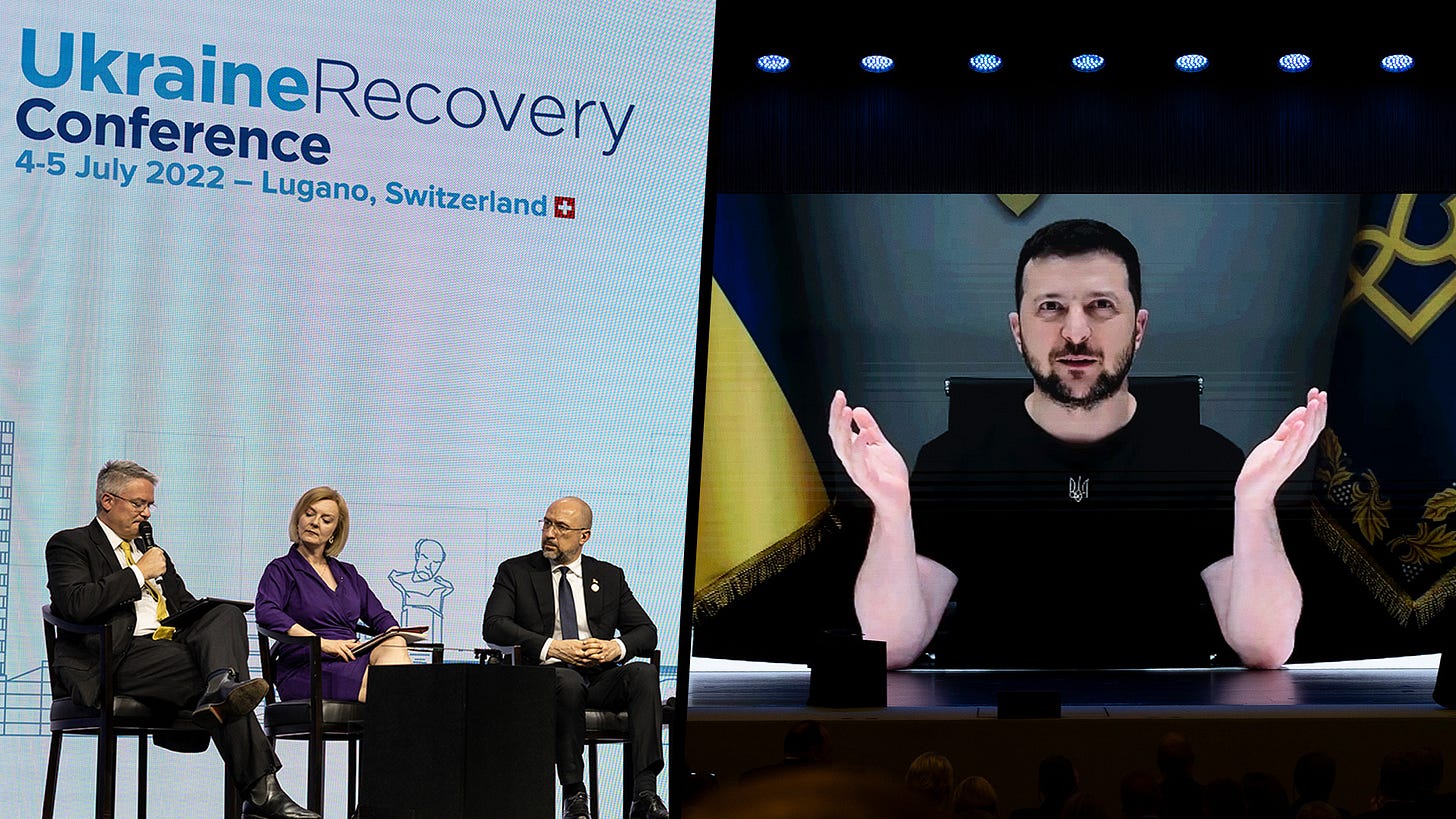Even though Marx’s well-acknowledged truth that capitalism creates two classes is over 160 years old, class remains a much debated issue. Marx’s idea is relatively straightforward. In capitalism, there are two classes: firstly, there are workers or proletariat. Workers need to sell their ability to work as workers don’t own any means of production, or the ability to purchase the labor power of others.
Secondly, there is the class of capitalists. They own the means of production – companies and corporations – and purchase labor’s work while paying wages. Turbo-charged since the birth of neoliberalism during the 1980s, profits and productivity have left wages behind during the last 40 years. As a consequence, the rich get richer while the working class’ income has grown at a much lower rate, and for some, it has stagnated.
To camouflage capitalism’s rising inequalities and inherent contradictions between the two classes, sociologists have invented a three-class structure. This diverts attention away from the pathologies of capitalism. Unlike Marx’s system, the sociology’s idea is rather arbitrary. It groups everybody into three groups: the lower-, the middle- and the upper class.
But who goes where depends on several largely made-up features. For example: job, occupation, employment status, social status, income, education, social attitudes, shared values, culture, even places of residence, what type of car, or which holidays one has used to compose the three classes.
One of the main proponents of neoliberal capitalism – the OECD – follows the sociological three-class system. In seeking to define those belonging to the German middle-class, the OECD looks at a monthly disposal income between €3,000 and €8,000 ($3,400 to $9,000) for a couple with two children (2018).
Based on this, the OECD estimates that 64% of all Germans belong to the middle-class compared to 48% in Mexico and Chile, for example. Given the OECD’s wide span of between $1,000 and $3,000 per week, the OECD believes that the size of the middle-class in the USA is 51%. By contrast, the middle-class is larger in Denmark, Finland, the Czech Republic, Norway, and the Slovak Republic. These comprise the upper end of all OECD countries where between 69% and 71% of all people are in the middle-class. As for Germany, around 29% of Germans belong to the lower class (the poor) while about 10% belong to the upper-class (the rich).
Between the years 2000 and 2014, the median disposable household income of Germany’s middle-class stagnated in real terms. Even in the OECD’s often deceptive language, “Germany experienced no rise in living standards”. In fact, it is not “Germany” but workers. And “no rise” means workers’ incomes stagnated or went backwards.
The picture looks better for the rich as they got richer, thanks to forty years of neoliberalism. Since 1995, Germany’s rich (10% of the population) experienced a 28% income increase while the bottom 10% (the poor) received only a 7% rise. Neoliberalism’s massive vacuuming up of wealth from workers to the rich throughout the last 40 years is commonly masked through the ideology of a trickle down economy – the exact opposite is the case.
For the USA, even the staunchly pro-capitalism Rand Corporation estimates this vacuuming up of wealth is set to be about $47 trillion between 1975 and 2018. The unimaginable sum of $47tr looks like this: $47,000,000,000,000 – a massive shift upstairs. This is how the rich are made richer while the rest stagnates or goes down. Good ideologies – the poor just made bad choices, etc. – megaphoned by corporate media can successfully smokescreen this.
Back in Germany, middle-class income is not only stagnating and declining, the absolute number of people in the middle-class is becoming smaller since the mid-1990s. From 1995 to 2018, Germany’s middle-class dropped by 6% – from 70% to the aforementioned 64%. In other words, Germany’s middle-class has not only been made poorer, a polarization of society has also taken place.
Even unhealthier is the fact that the dwindling of Germany’s middle-class has been faster since the mid-1990s compared to most other OECD countries. And Germany’s middle-class has aged faster than the general population.
Worse, young workers find it increasingly harder to secure a place in Germany’s middle-class. In other words, social mobility – the ability to move upwards – declines as thousands of young workers have virtually no chance of entering the middle-class. In the twisted mind of conservatives, this is justified by the hallucination that thousands have just made bad choices.
Young workers are 10% less likely to be in Germany’s middle-class today than they were in the mid-1990s. This alone kills the ‘bad-choices’ argument of conservatives. Beyond that, workers with a higher or post-secondary qualification still make up the majority of people in the 58% middle-income cluster.
Tertiary education is becoming ever more necessary for moving into Germany’s middle-income segment. Yet, there is a catch. Since the mid-1990s, the chances of making it into the middle-income cluster have declined by a whopping 27% (from 67 to 40%). In other words, access to Germany’s middle-class is becoming harder and harder even for those with a good education. Germany’s new immigrants are even less likely than in the mid-1990s, to enter Germany’s middle-class.
Interestingly, there are also substantial differences between Germany’s regions Germany’s middle-class has deteriorated much more significantly in German cities compared to rural areas. Among Germany’s sixteen states, the small northern port city state of Bremen has the smallest middle class. Only 54% of the people in Bremen are middle-class people. At the same time and representing Germany’s north-south divide, over 65% of people in southern-western Baden-Württemberg and south-eastern Bavaria, as well as in eastern Brandenburg and Saxony still belong to the middle-class cluster.
Unsurprisingly, most of Germany’s middle-class workers are employed in full-time positions. Most of them are living in fairly typical middle-income households. They tend to be employed in high- and mid-level skilled technical and professional occupations. Meanwhile, many of these middle-class workers have moved out of Germany’s once mighty manufacturing sector, and into the service industry and public services. These account for more than half of all middle-income jobs.
Just as neoliberalism’s deregulation of labour laws, privatization, anti-unionism, etc. predict, precarious work has become more frequent even among German middle-class workers. Still, this remains much less widespread than for low-income workers. Compared to many other OECD countries, not too many middle-class workers are employed on temporary contracts (12% in 2018). The last remnants of trade union and legal protection of the classic permanent nine-to-five jobs seem to be holding up well. Despite this, the share of middle-class workers on fixed-term contracts has risen by 3% since the mid-1990s.
In January 2021, the OECD estimated that 14% of jobs are at high risk of automation and an OECD report suggests that in Germany, one in six middle-class jobs are facing high risk of automation (18%). German workers are facing a 70% likelihood of automation. Overall, about 36% of jobs in Germany have an automation risk of between 50% and 70%. This means that there is the prospect of significant change in the way German middle-class’ jobs are carried out. Finally, male middle-class workers are more likely than female workers to be employed in occupations with high automatability.
The Coronavirus pandemic impacted even more on Germany’s middle-class workers who largely opted to move into home offices even when this meant the kitchen table or the bedroom. Unsurprisingly, workers in German middle-class households experienced a much lower drop in employment than those in low-income households as workers are much more exposed to work in frontline and service jobs.
The Coronavirus pandemic will only expedite the downward trend when it comes to social immobility – the ever increasing inability of lower-class workers to reach the middle-class. Today, workers in Germany’s lower- and middle-classes have only a very low chance of rising to the top.
At the same time, they have a high and rising risk of slipping downwards to the bottom of the neoliberal hierarchy. Just as neoliberalism promised to the rich and powerful during the last forty years, the move upwards became and will continue to become much harder. Simultaneously, a move downwards becomes much more likely. To camouflage this, the ideology of the much- acclaimed aspirational worker is at hand.
German workers living on lower- and mid-middle wages only have a very small chance of moving into Germany’s high-income group. Meanwhile, more than 1 in 5 workers on reasonable wages will slide down into Germany’s massive low wage sector. For many workers, this means social and economic vulnerability and poverty.
This has been spiced up by neoliberalism’s downward income mobility. As a consequence, workers living on lower incomes are at risk of being pushed downwards into economic vulnerability and poverty – higher today than it was in the late 1990s.
In conclusion, neoliberalism is biting deeper and deeper into Germany’s once dominant middle-class. Unlike socialism, Hayek’s neoliberalism is not an ideology that seeks to create a convex society with a few people on top and bottom and many in the middle.
Just as Hayek had laid out in his 73-page-short ideological catechism – The Road to Serfdom – neoliberalism creates a somewhat more concave society with a few on the top, a few in the middle, and lots on the bottom. The rift-creating development – indicated through the Gini Coefficient – during the last few decades shows the polarization of societies turbo-charging rising inequality in Germany and globally.
As long as much of this is camouflaged by ideologies such as, for example, poor people just make bad choices, etc. and these ideology is broadcasted by corporate media, inequality will continue to rise until capitalism has established a truly uninhabitable earth. Thanks to the image placed in our collective mind by corporate media and the prevailing ideology of neoliberalism, it is easier to imagine an end to the world than an end to capitalism.
Set against the impending environmental apocalypse, is the idea of a democratic eco-socialist vision of the future. This concept is dedicated to Rosa Luxemburg’s dictum that there can be no socialism without democracy and no democracy without socialism. To achieve a post-capitalist society securing our common survival – with a broad and environmentally sustainable middle-class – we might indeed need a new kind of economy with no bosses, no profit-maximisation, and no shareholder value. In Real Utopias, the late Erik Olin Wright has outlined how to get there.
The Barricade is an independent platform, which is supported financially by its readers. If you have enjoyed reading this article, support The Barricade’s existence! See how you can help – here!
Also, you can subscribe to our Patreon page. The Barricade also has a booming Telegram channel, a Twitter account and a YouTube channel, where all the podcasts are hosted. It can also be followed in Rumble, Spotify, SoundCloud and Instagram.











